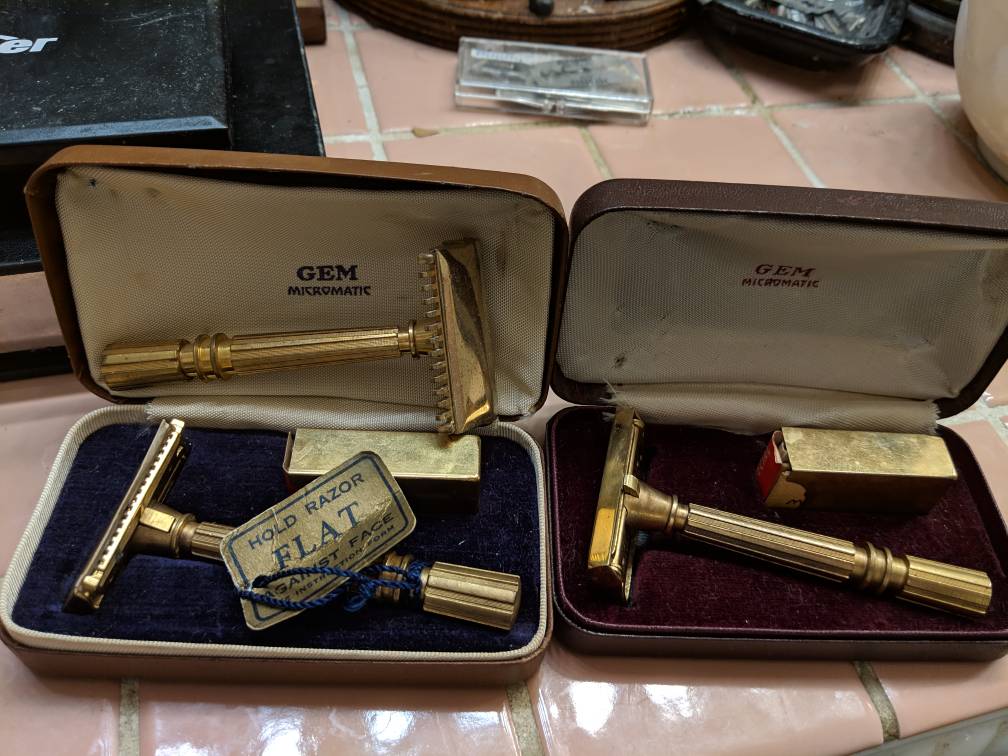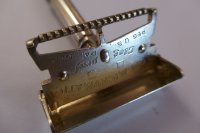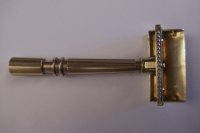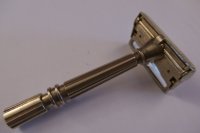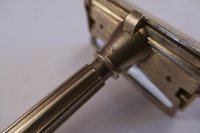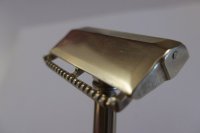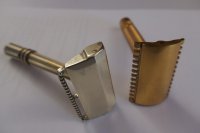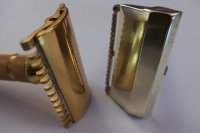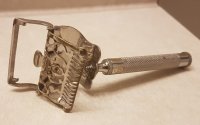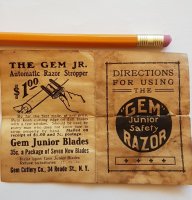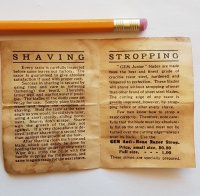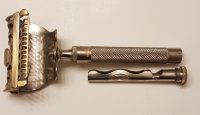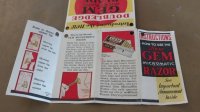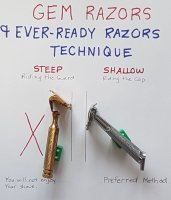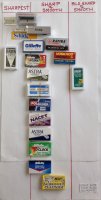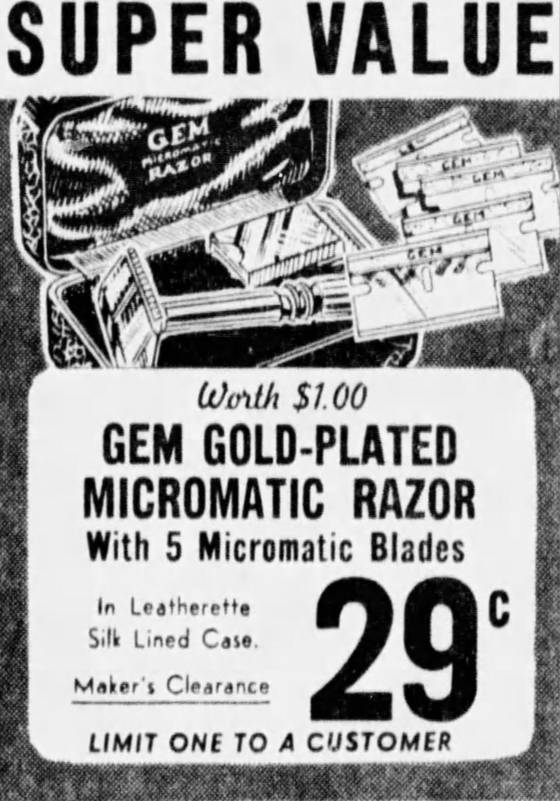Some of the razors that had script stamped on the top cap are oddities and rare and a lot of early brass colored razors had a gold wash to make them more appealing to the eye and finding ads for everything is hard to pin point exact dates would take extensive newspaper & magazine archive searching that I do not have locally and possible internet searching.
Have some great shaves!
I've dated most all of the cases at this point, I'll have to collect data in one place. I'm not aware of brass razors without gold wash (or Chrome). It's a very thin wash
Thank you very much for your replies. Something it is hard to judge just by relying on pictures of various quality.
My MMOC, MMCP and MMBT all are chrome models. My CP Peerless is brass. I guess this model made me believe that some earlier MMOCs were all brass too.
